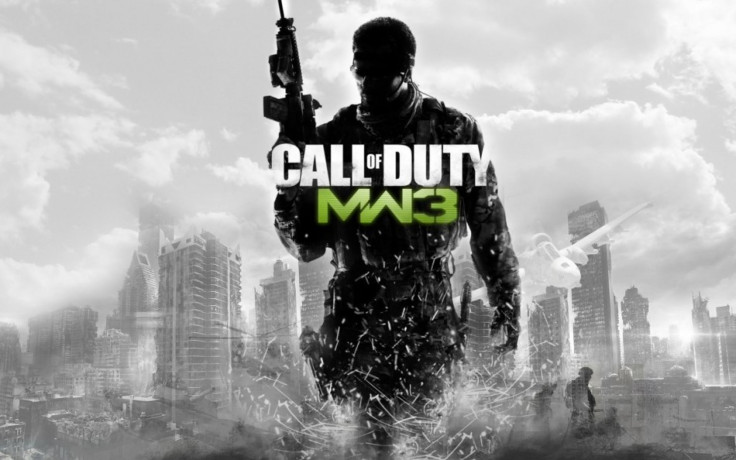Is Frostbite 2.0 the new gaming phenomenon?

In 1999, the Texas-based game developing company id Software designed a certain gaming engine, id Tech 3, for the then gaming sensation Quake III. The game received huge acclaim globally and soon the engine came to be known as Quake III engine. During its time, the id Tech 3 competed with the Unreal engine. Later, games like Call of Duty: United Offensive and Quake Live developed with the Quake III engine at their base. Most recently, Call of Duty: Modern Warfare 3 is also being developed with the modified Quake III engine.
Nine years later, a new engine started coming into prominence. Developer EA Digital Illusions (DICE) created an engine which they called Frostbite, for the company’s new game Battlefield: Bad Company, the first in the Battlefield series. The new engine brought new expectations, as well as a fresh set of speculations. By then, the Quake III engine had drastically evolved and was helping games make a name in the industry.
Meanwhile in 2004, id Tech 3 had evolved into id Tech 4 which turned into the life-blood of games like Doom 3, Quake 4 and Wolfenstein (2009). Unlike its ancestor, id Tech 4 had new features such as specular highlight technology, two new versions of mapping (bump mapping and normal mapping) and the most attractive per-pixel lighting system. This new lighting system became a revolution in the industry because earlier the 3D engines, mostly, used a certain lighting system which worked on a previously calculated per vertex lighting technology, commonly known as lightmaps and Gouraud shading. Doom 3 brought with it a real time approach which used the shadow volume for a more life-like light effect and shadow output.
The first Frostbite engine was nowhere near to what id Tech had achieved over the years. The engine had very few features to boast about. The chief feature of this engine was an enhanced improvement in sound system, which id Tech had already mastered a long time back. The sound technology, however, was the next level of intense gaming as now you would be able to hear sounds of gunshots and commands from your commander over the background music. Other real time features like advanced destruction had not yet evolved then, and the most you could do is just destroy barriers such as walls.
Frostbite picked itself up the following year with Frostbite 1.5 which was used in the 2009 game Battlefield 1943. The real time destruction mode saw an elevation in recognition where now you could pulverize an entire building. The engine was later put to use in DICE’s Battlefield: Bad Company 2 in 2010. The game also became the first to bring the engine to the Windows platform, where the game had very little DirectX11 shader support and didn’t even make full use of the API (application programming interface).
EA DICE was lagging way behind id Tech 3 and 4 with Frostbite 1.5, and looked for a way to compete with games like the Call of Duty: Modern Warfare series and Quake Wars. Frostbite 2.0 was developed as an answer. The engine will come into existence with Battlefield 3, which will now make use of the entire DX11 API and an integrated 64-bit processor. An additional Destruction 3.0 has also been included, which will provide filtered physics compared to its ancestors.
A new tile-based delayed shading technology in Battlefield 3 via Frostbite 2.0 will speed up through the DirectCompute technology which will be sent to SPU’s of PlayStation 3. The use of MLAA (Morphological Anti-Aliasing), which is highlighted in games like God of War III and LittleBigPlanet 2, will also come to the forefront. Environmental destruction physics has been enhanced along with subsurface scattering in real time. These are just a few new qualities of the engine that can lighten up the Battlefield 3 vs. Call of Duty Modern Warfare 3 war.
MW3 will use the improved form of id Tech 3, while id Tech 5 continues to get developed for future gaming ventures like Rage and Doom 4. As for Battlefield 3, this is it the ultimate test of character where the company and its new game will be put on the frontline facing user expectations which will also determine the later Frostbite 2.0 powered releases like Need For Speed: The Run and Mirror’s Edge 2, and till now, as per the gameplay videos, Frostbite is definitely looking like the future of the gaming industry.
© Copyright IBTimes 2024. All rights reserved.





















